Even though Chef Betharoni is obviously not that old, I think this is useful information. Regardless of age, it is good to learn how to be careful and take advantage of living and training at high altitudes. 🙂 Chef Betharoni does much of her summertime running barefoot.
In the course of the past twelve months I’ve traveled from 3,000 feet above sea level (fasl), up to 6,000 fasl for five months, down to 3,000 fasl for five weeks, up to 9,000 fasl for five moths, stayed a brief three weeks at 3,000 fasl, and am now living and training for a half-marathon at 6,000 fasl. (click on any photo to enlarge)
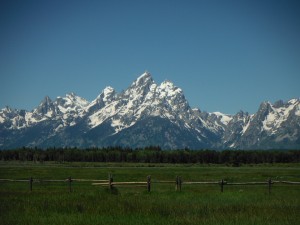
My approach to running at these varied heights has not been scientific, well-measured, or thoroughly documented. My first move up to 6,000 fasl didn’t cause any altitude sickness, but I was not running regularly when I moved and I never developed a running schedule during the five months of summer that I stayed at that height. I put in a few sporadic runs, ranging from one to five miles, and I didn’t feel much difference in effort when I dropped back to 3,000 fasl and went for some easy jogs with my sibling track club.
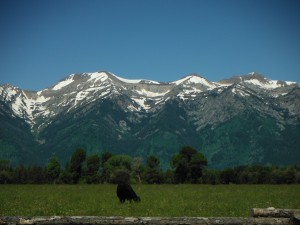
The climb to 9,000 fasl to winter in Vail, Colorado, caused some nausea and headaches over the first few days and I didn’t start running until I had been settled in for a week or two. Beside the side effects of the new altitude, I was starting a new job and didn’t want to push my exhaustion levels. Once I did start jogging, I avoided measuring distance beforehand, instead concentrating on gradually increasing the length of time spent. Most of these runs were accomplished in my minimalist Zems, over snow packed walking trails and on side streets that headed up the mountains on either side of the town. Between the energy absorption from the snow and the lack of flat ground, it was hard to determine how much of the effort increase was from the high altitude and how much was from other factors.
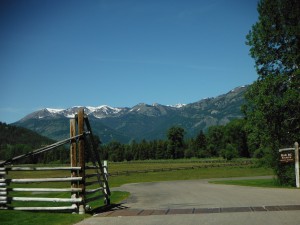
When my work hours became long and pressured, I backed off my recreational exercise – I work in kitchens and was putting in nine to twelve hour days on my feet. By the time spring arrived and I headed down to 3,000 fasl, I had hardly run for a month. Still, I was able to jump in and run a relaxed six miles with the Daily Improvisationer as she was tapering off in preparation for her half-marathon.
Encouraged by this, and not feeling any the worse for being back at 6,000 fasl, I ran just under six miles a bare three days after my arrival here in Wyoming this summer – life at 9,000 fasl paying off a little, I think. The three weeks break 3,000 fasl wasn’t enough to make my body reacclimatize to lower heights. The lack of snow and relatively flat path also helped to make everything seem a bit easier.
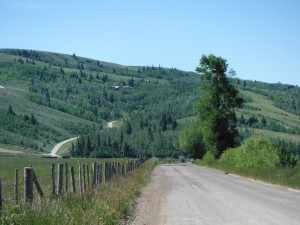
Since then, I’ve been running three times a week, gradually increasing distance and/or pace on all of my runs, without any negative side effects. Here’s what works and doesn’t work for me as I train at various heights around the United States.
Do: Give yourself a few days to adjust to the new height, if you plan on being there long enough to acclimatize. The Daily Improvisationer and Wild Greg ran in the hills at 6,000 fasl here last year on their one day visit, but if you’re sticking around there’s no need to rush into training runs on the first day.
Don’t: Use altitude as an excuse to indefinitely put off training. You may need to adjust goals and distances, but you don’t get into shape sitting around at 9,000 fasl any faster than you do sitting around at sea level.
Do: Expect to run slower and shorter for your first few runs – on my first training run at 6,000 fasl this summer, I knew I had just run six miles and had that in mind as a distance goal. After the first three miles, I broke my jogging up with some walking intervals. I still sweated plenty, but didn’t end up injured. It certainly felt like more work than my most recent 3,000 fasl jog.
Don’t: Expect a miraculous time and distance gain when you head toward sea level. The estimated time difference per mile from 6,000 fasl to 3,000 fasl is ten seconds – meaning training for the half marathon where I am will only help my finish to be about two minutes faster.
And as a final motivator for running at altitude, there’s almost always a mountain peak on the horizon that you can glance up at and think, “at least I don’t have to run up that!”
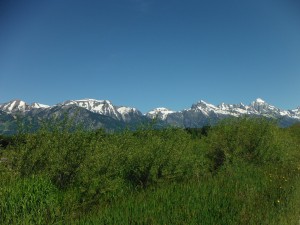
For more on altitude sickness, read Fitness, Altitude Sickness, and Low Blood Pressure on Maui’s Southern Volcano
